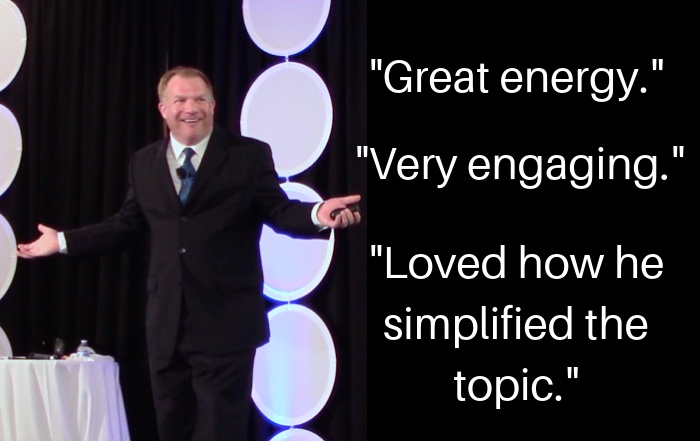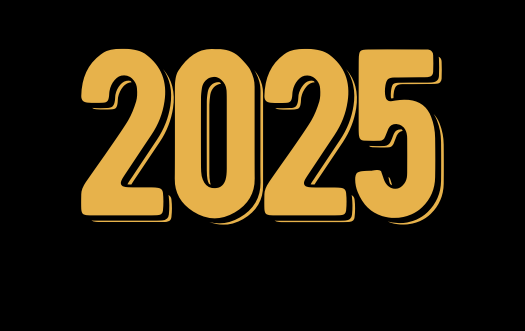 When done correctly, the art of employee training allows your staff to receive the right information, delivered in the right way, at the right time. Otherwise, you may waste money and receive very little return on your investment.
When done correctly, the art of employee training allows your staff to receive the right information, delivered in the right way, at the right time. Otherwise, you may waste money and receive very little return on your investment.
Training helps us move closer to a goal or improve something. It’s not a magic wand and you need to invest time in thinking about the process because not all training is right for you. Here’s an example of what can go wrong:
Imagine you’ve signed up for an entry level class on how to paint. The instructor arrives and immediately starts demonstrating high level techniques, like how colors are changed by sunlight and the use of shadows.
While this information is valuable, it’s not what you need, if you just want to learn how to paint a bowl of fruit. You feel like you’re in the wrong room and start to tune out the instruction.
The trainer is delivering good information but the expertise doesn’t match the audience. As a result, there’s very little value.
How do you protect yourself from these situations and ensure you’re promoting the art of employee training? Consider these tips:
Have a Clearly Defined Goal
“Learn spreadsheet stuff” is too vague and could match up with almost any training program. But it can be hard to find training for a subject where you’re not the expert.
Doing a Google search for “top uses for spreadsheets” can lead you to articles that can help you better understand the subject matter.
This knowledge allows you to then match up your goal, like inventory tracking, to a course or instructor who can provide training on that skill.
The Method Matters in the Art of Employee Training
Is this the kind of training where you need to be in the room and have small group, hands-on learning? Can it be delivered effectively to a room of 200 people or through the Internet?
The training may be good in any form but consider the person who needs to do the learning. Which format will allow them to best learn and implement the new information?
Online learning can be budget friendly and eliminate travel time but will your employee be able to devote 100% focus to it, if your business is full of interruptions.
Followup
Certain tasks can be learned but also forgotten if not frequently performed. For me, it’s resetting the clock in my car, when we switch on and off Daylight Saving Time. While it’s not complicated, I always need to check the owner’s manual to remember how to do it.
Find out if the training has a followup element. These can range from a cheat sheet to a refresher course that’s delivered in six months.
You’ll pay more for some forms of followup but they may represent a smart investment.
Can You Clean Your Brushes?
Let’s go back to our art analogy. You may have learned how to paint but do know how to properly clean and store your brushes? Not knowing carries a price.
Those steps may not have been included in your training and may require additional instruction. Ahead of time, find out if there is a logical next step and if you need to include that in your budget.
Don’t be afraid to ask questions during the sales process to make sure you’ve found a good match. This could lead to more customized instruction.
Final Thought
The art of employee training demands careful consideration and smart investments of time and resources. Trying to shortcut the process will likely lead to problems.






